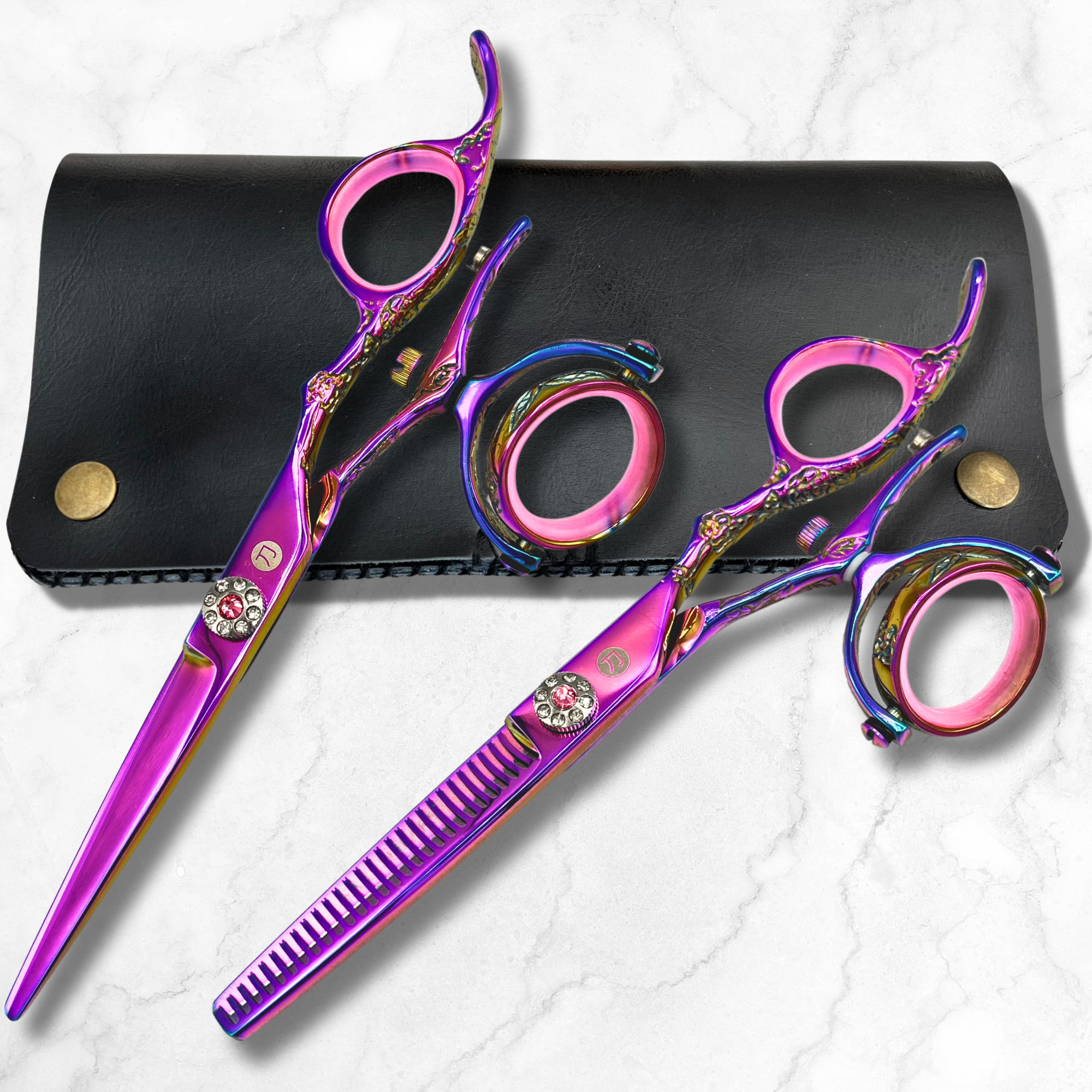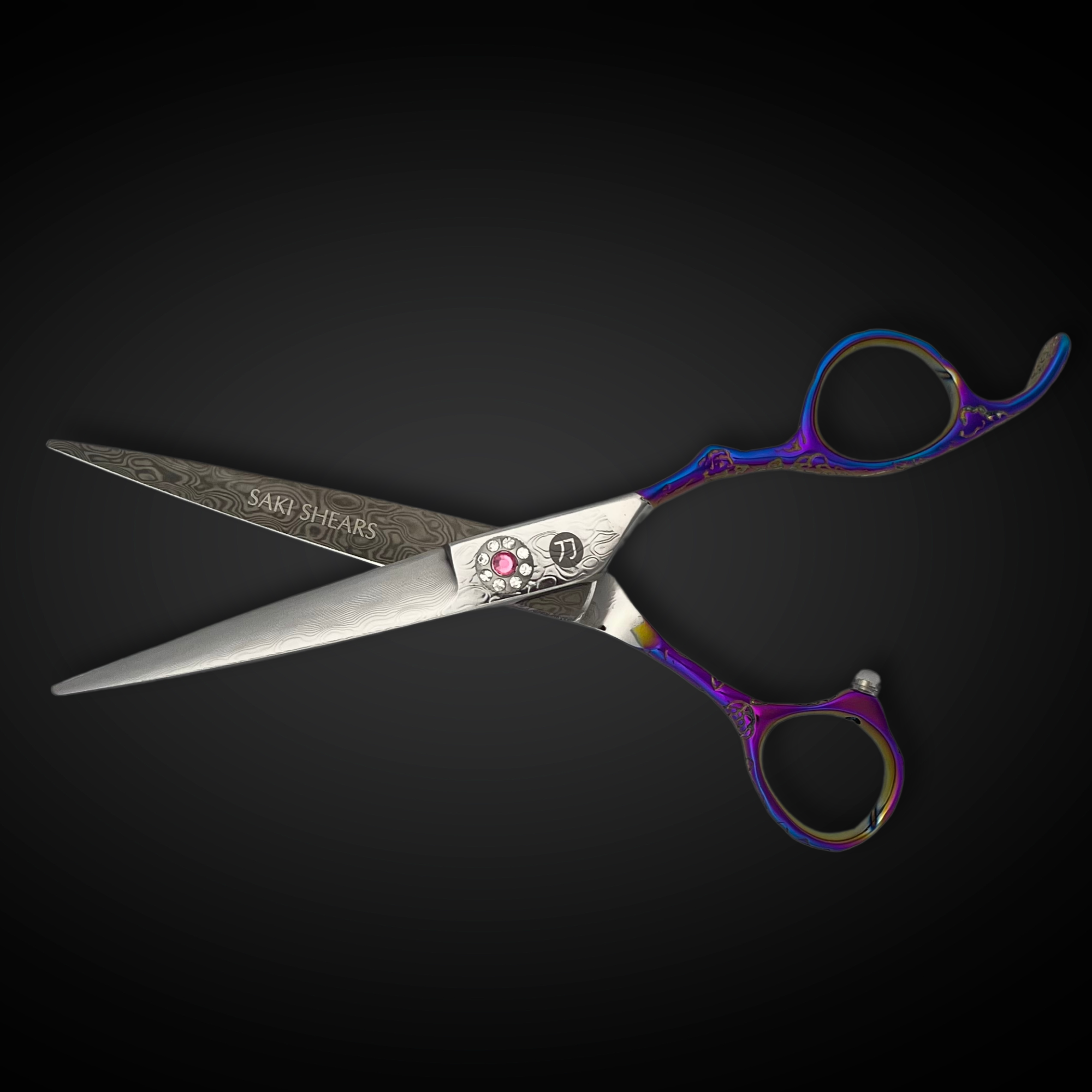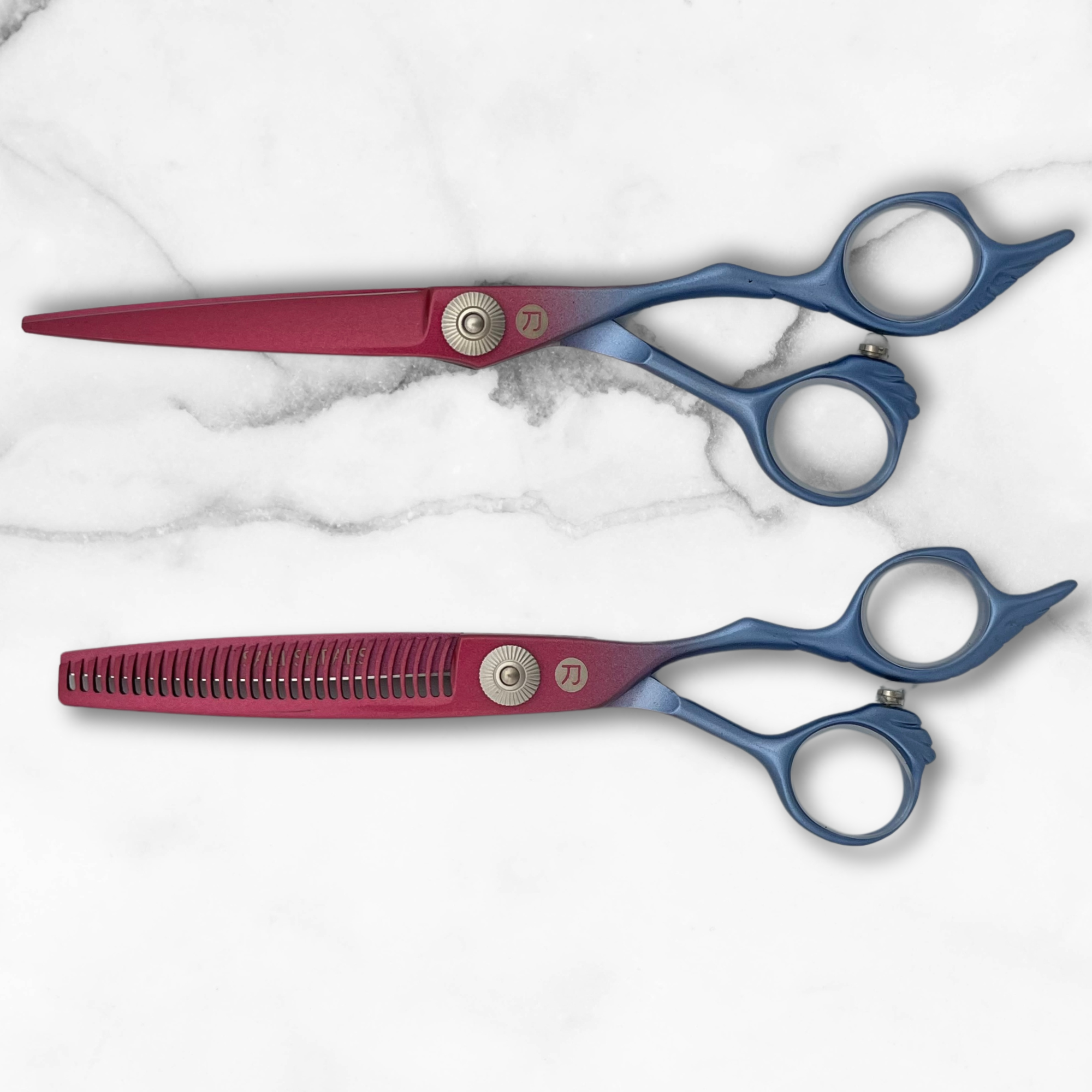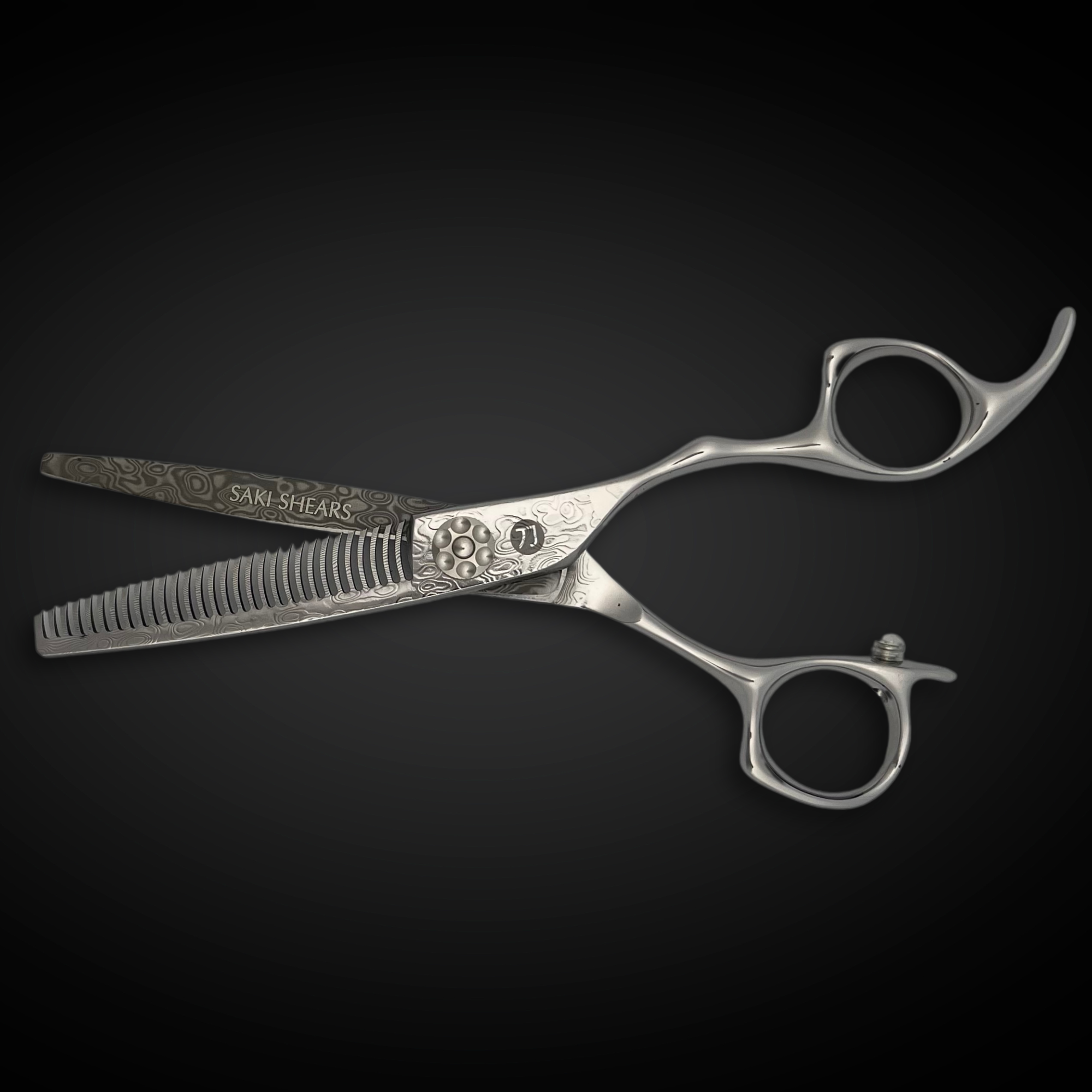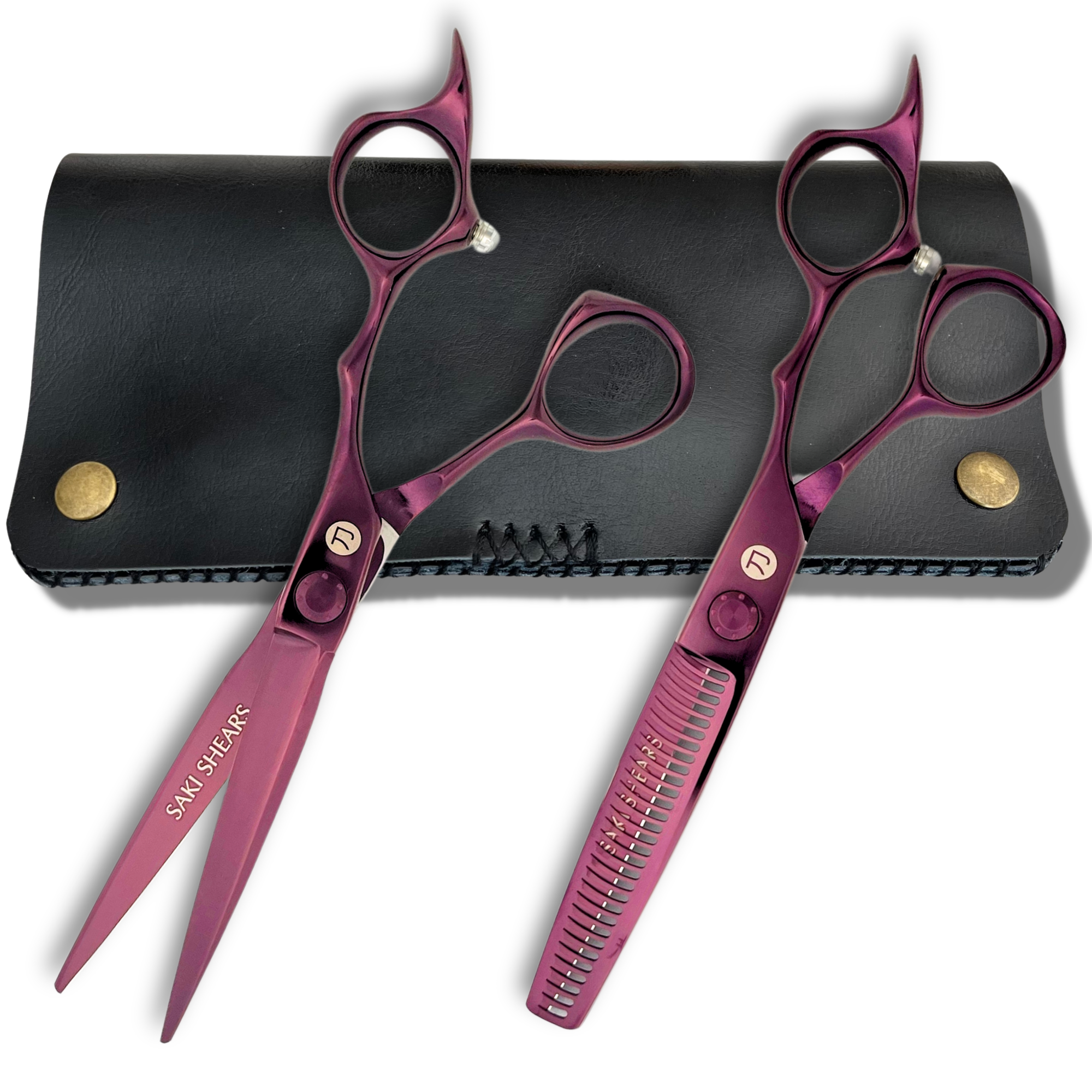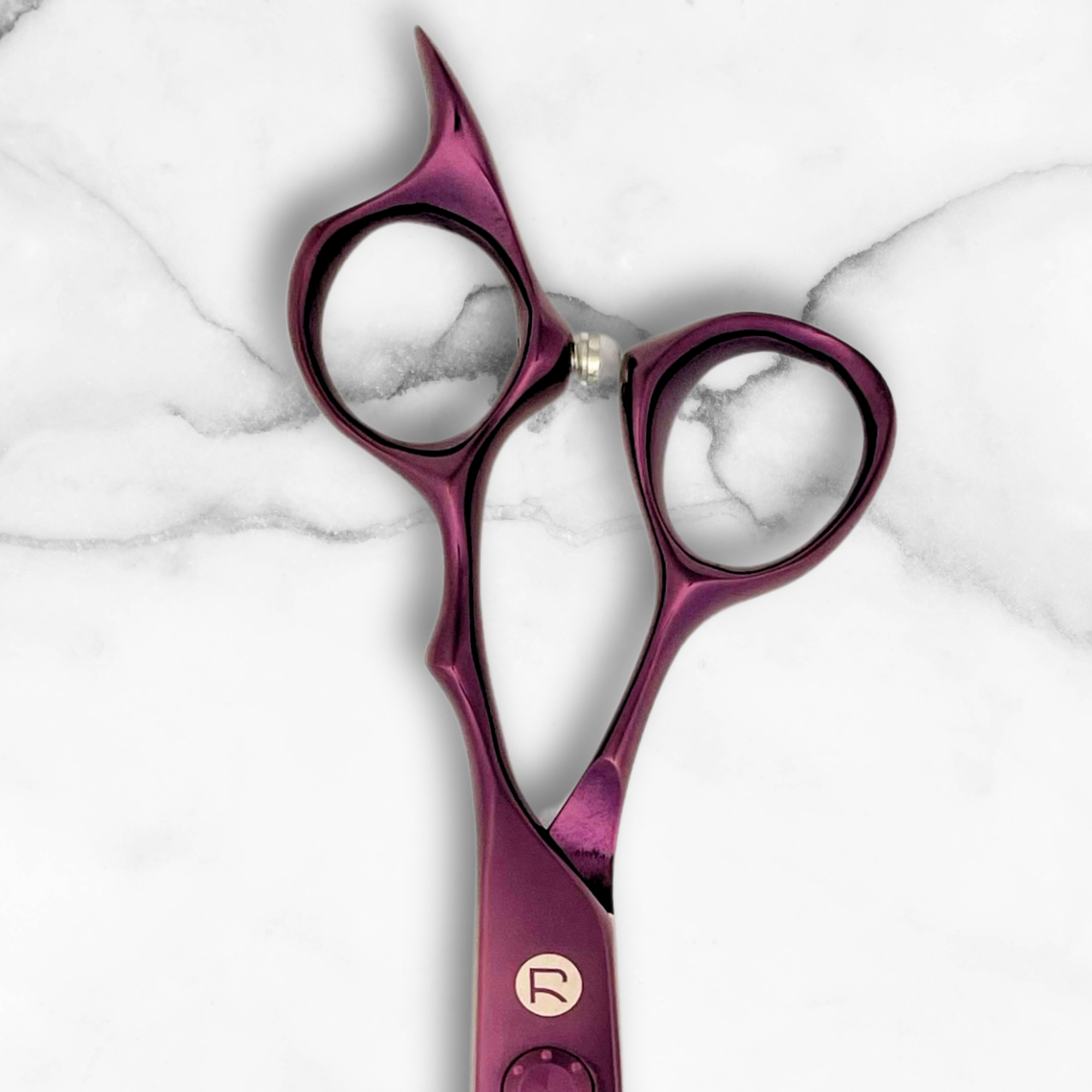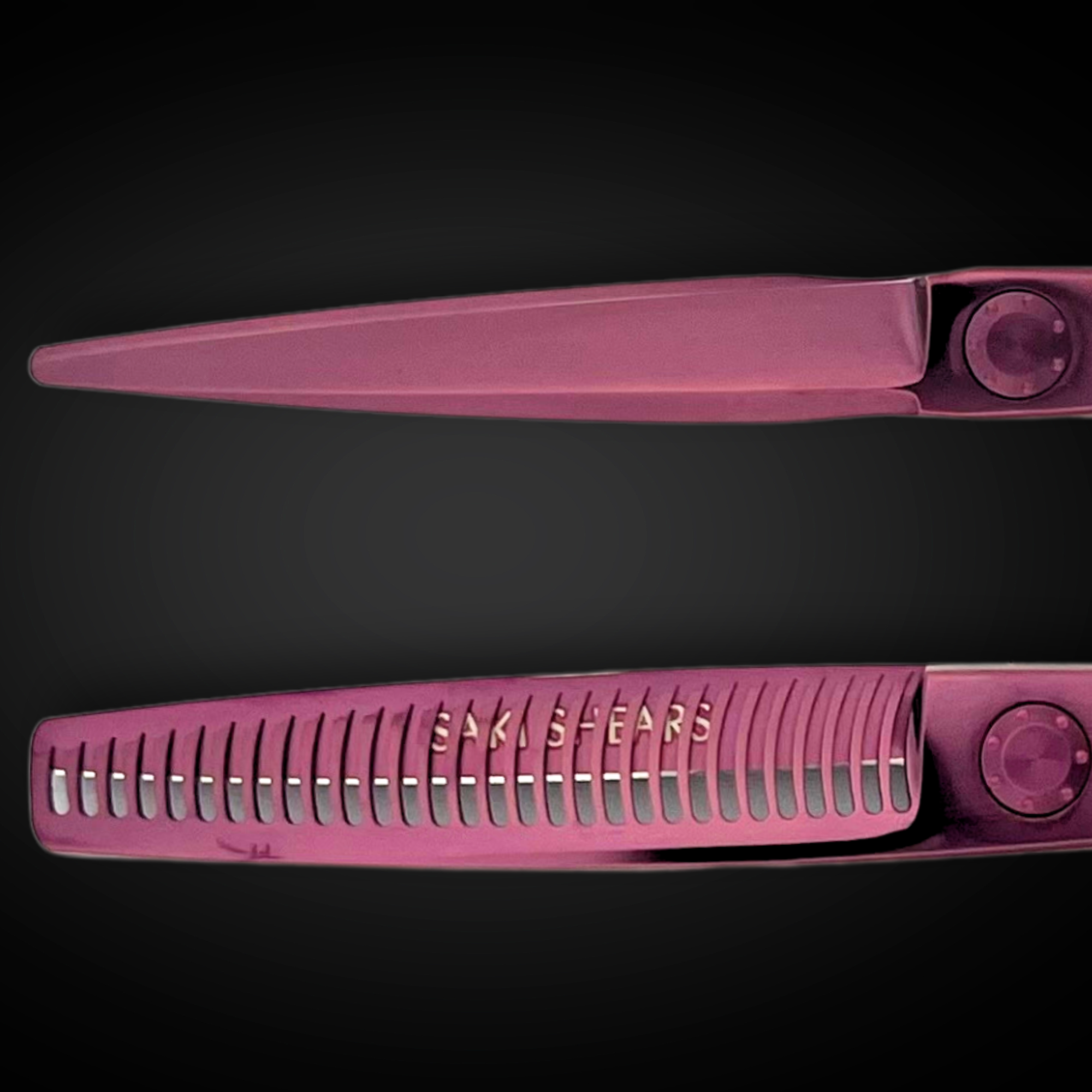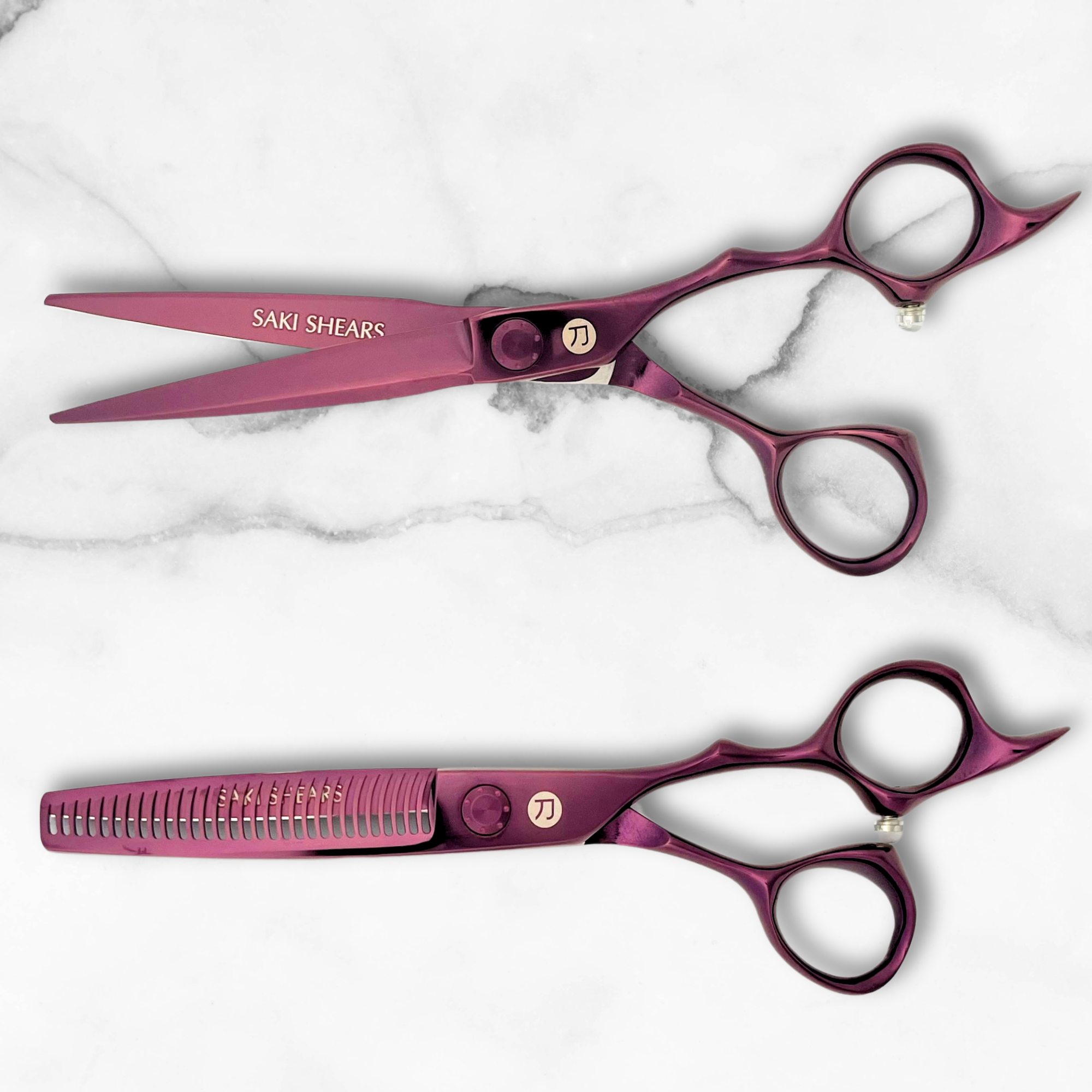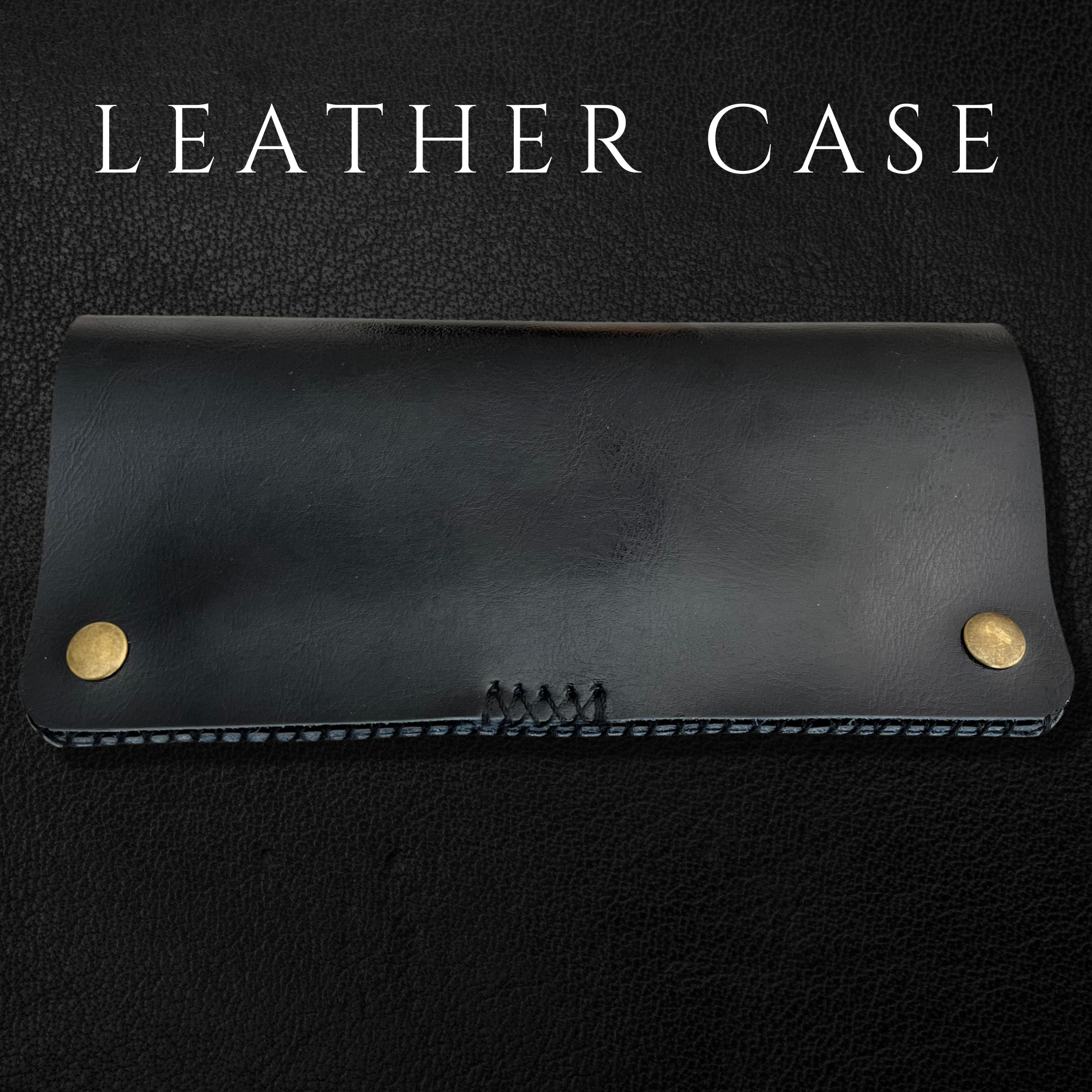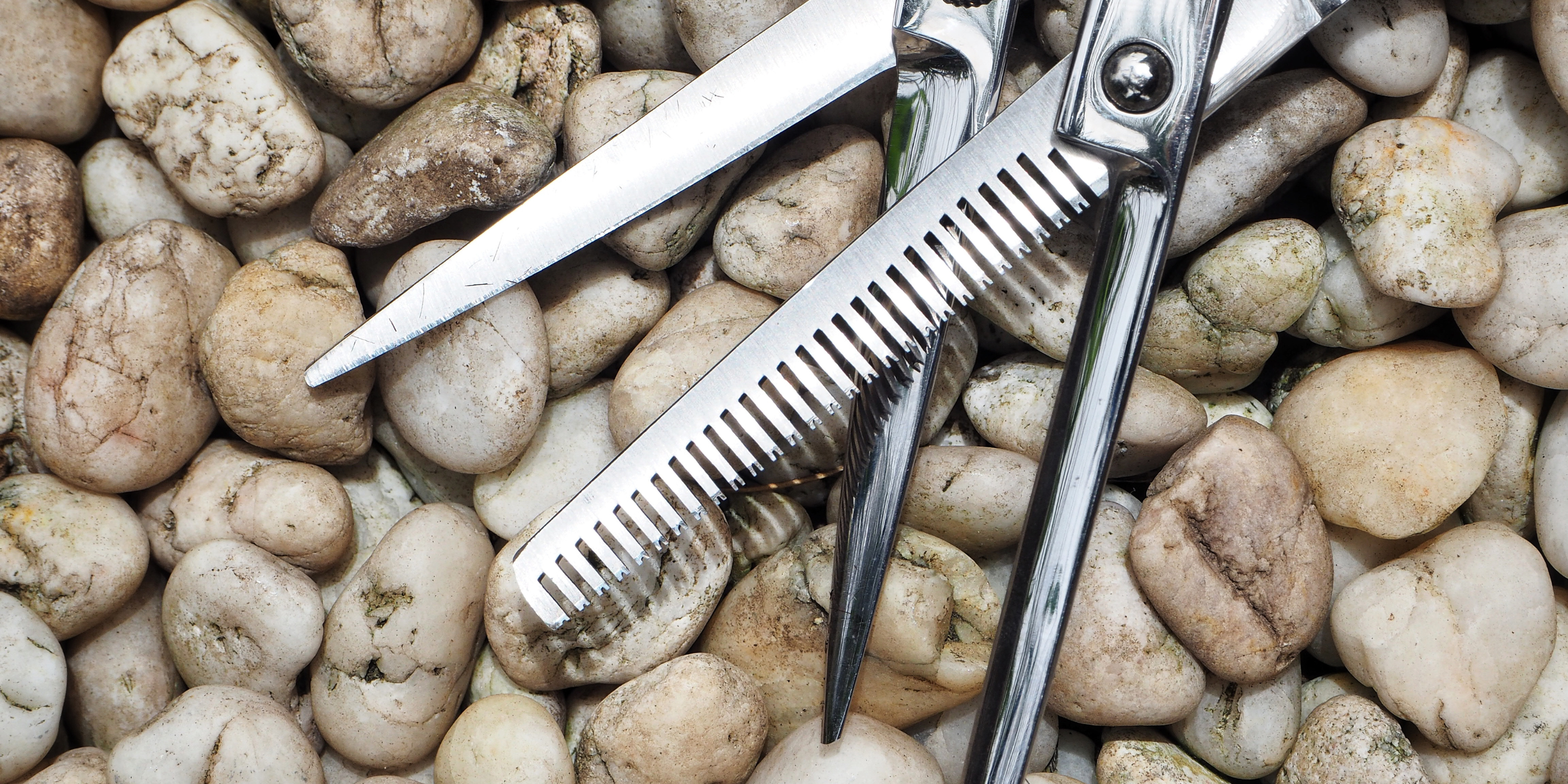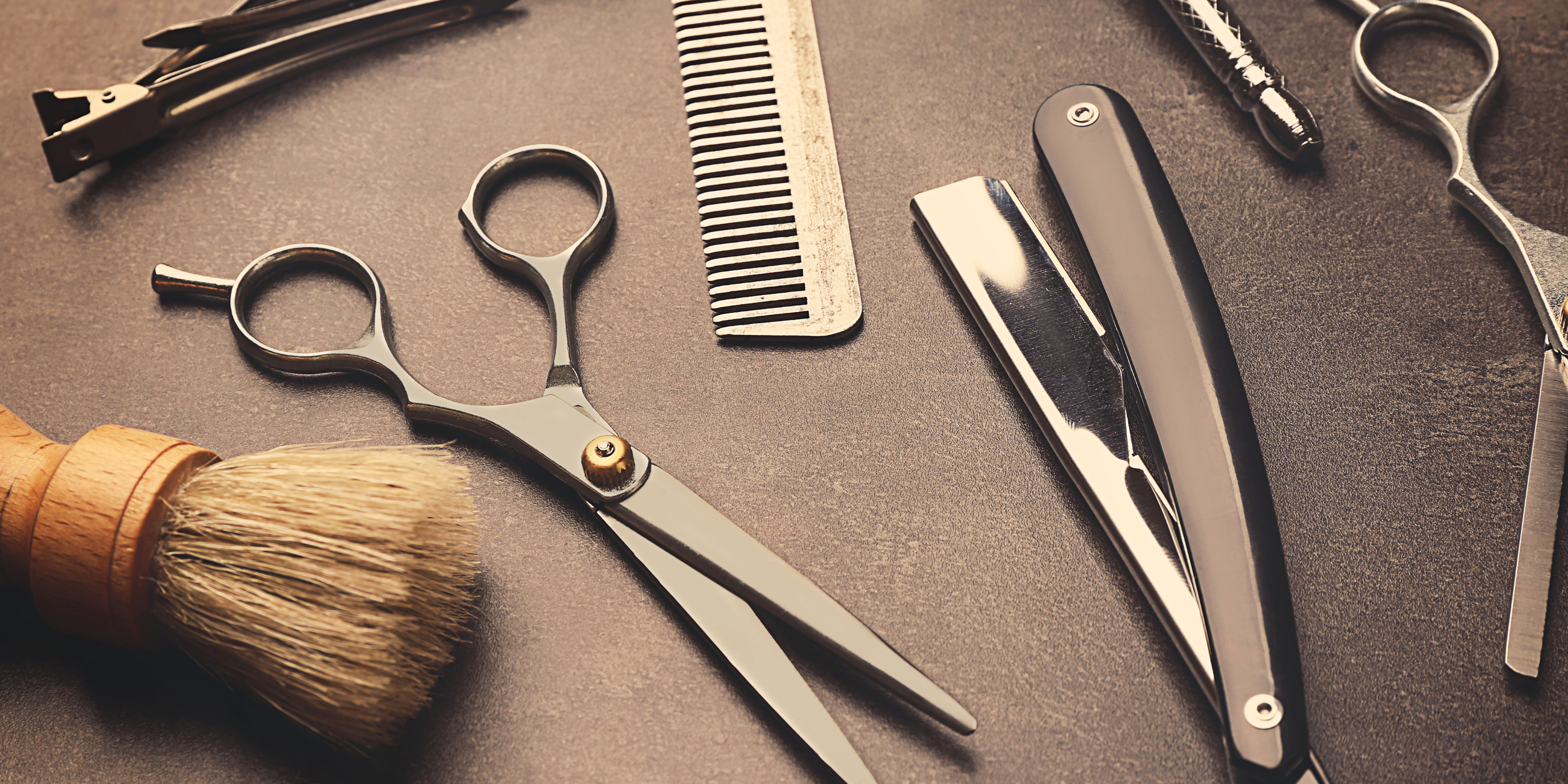Understanding Ergonomics in Hairdressing
Introduction and Understanding Ergonomics in Hairdressing
Ergonomics, a blend of the Greek words 'ergon' (work) and 'nomoi' (natural laws), is a science that seeks to understand the interaction between humans and the elements of their work system. It aims to optimize human well-being and system performance by tailoring the job, system, or environment to the worker. In the realm of hairdressing, the principles of ergonomics come to play a crucial role, particularly in the design and selection of tools like hair shears. The proper application of these principles can drastically improve productivity, comfort, and health among hairdressers, making the exploration of this subject a priority.
Hairdressing, by its very nature, is a physically demanding profession. Hairdressers often find themselves standing for prolonged periods, engaging in repetitive motions, and maintaining awkward postures to achieve the perfect cut or style. Over time, these occupational demands can lead to the development of musculoskeletal disorders (MSDs), such as carpal tunnel syndrome, tendonitis, and lower back pain. MSDs are conditions that can affect your body's muscles, joints, tendons, ligaments, and nerves. Prevention is key, and that's where ergonomics steps in.
The design and use of hair shears are significant contributors to these ergonomic challenges. It's not just the act of cutting that matters; it's the way the shears are held, manipulated, and operated. Hairdressers grip their shears hundreds of times per day, and the repetitive action of opening and closing the shears can exert strain on the hand, wrist, and arm. Traditional shear designs often require the thumb to push upwards and the fingers to press downwards, resulting in twisting and lateral stress on the wrist. This repetitive stress, if not managed properly, can lead to chronic pain and discomfort, eventually affecting the hairdresser's ability to work efficiently and comfortably.
Moreover, the adverse effects of these challenges aren't confined to physical health alone. Research has shown that there's a strong correlation between physical discomfort and mental well-being. Chronic pain can lead to feelings of frustration and fatigue, reducing job satisfaction and negatively impacting the hairdresser's overall quality of life. In the long run, these issues can lead to higher absenteeism rates and lower productivity, making the ergonomics of hairdressing tools a concern not just for individual hairdressers, but for salon owners and the industry as a whole.
In light of these challenges, the hairdressing industry has been making strides in improving the ergonomics of their tools. The focus has shifted from just functionality to include user comfort and health. This shift is most apparent in the design evolution of hair shears, where we see an increasing emphasis on ergonomic design elements aimed at minimizing the risk of MSDs and maximizing comfort and efficiency.
Ergonomics in hairdressing is a topic that goes beyond mere academic interest. It's a subject that touches on the day-to-day lives of professionals in the industry, affecting their health, their livelihood, and their passion for their craft. By understanding the ergonomic challenges in hairdressing and how to overcome them, we can contribute to a healthier and more productive industry, where professionals can thrive.
Ergonomic Shear Design and Its Impact
The advent of ergonomics in the hairdressing industry has ushered in a new generation of hair shears, designed not just for cutting precision, but also for user comfort and health. These ergonomic shears are carefully engineered to minimize the physical strain of hairdressing, helping stylists maintain their productivity while reducing the risk of MSDs.
Offset Grip: Traditional hair shears typically have a symmetrical handle design where the holes for the finger and thumb align directly opposite each other. While this design may appear balanced, it often forces the stylist to hold their thumb and hand in an unnatural position, which can lead to strain over time. Ergonomic shears combat this with an offset grip design. In an offset grip, the hole for the thumb is positioned slightly lower than the hole for the finger, allowing for a more open hand position and reducing strain on the thumb and wrist. This can contribute to a more comfortable cutting experience and promote better hand health in the long run.
Swivel Thumb: Repetitive motion is a major cause of MSDs in hairdressers, and one of the most repetitive actions is the opening and closing of the shear blades. Traditional shears require the thumb to move in the same repetitive pattern for every cut, which can lead to fatigue and strain over time. To combat this, some ergonomic shears incorporate a swivel thumb design. The thumb ring in a swivel thumb shear can rotate, allowing the stylist to adjust their thumb position as needed. This reduces the need for excessive thumb movement and allows for more varied, natural motion, helping to alleviate strain on the thumb and wrist. Saki Shears features an excellent swivel set of hair shears called Saki Sakura.
Crane Handle: An essential part of ergonomic design is allowing the user to maintain a natural, comfortable posture. In hairdressing, this often means minimizing the need to elevate the elbow or twist the wrist while cutting. Crane handle shears are designed with this in mind. Both handles in a crane handle shear are angled in such a way that the stylist can maintain a relaxed hand and elbow position, even when cutting the top sections of the hair. This can reduce the risk of shoulder and neck strain, common complaints among hairdressers.
Lightweight Materials: The weight of the shears can have a significant impact on user comfort and the risk of MSDs. Heavier shears require more effort to operate, which can lead to hand and arm fatigue over time. Ergonomic shears often utilize lightweight materials, such as certain types of stainless steel or aluminum, to reduce the weight the stylist has to manipulate. This can make the shears easier and more comfortable to handle, reducing fatigue and the risk of strain injuries.
Finger Rest: Finally, many ergonomic shears include a finger rest, or tang. This is a small protrusion on one of the handles where the pinky finger can rest, providing additional support and control while cutting. A finger rest can reduce the effort needed to control the shears and lower the risk of hand fatigue, contributing to a more comfortable cutting experience.
The use of ergonomic shears can have significant benefits for hairdressers. By reducing strain and discomfort, these shears can lower the risk of MSDs, improving the stylist's health and longevity in the profession. Moreover, ergonomic shears can enhance work efficiency. A comfortable stylist is likely to have better control over their tool, leading to more precise cuts and higher quality work. Furthermore, reduced fatigue can allow the stylist to work for longer periods without discomfort, increasing productivity.
Making the Ergonomic Choice and Conclusion
Choosing ergonomic shears involves more than just understanding their features. It requires a personal assessment of comfort, as what feels comfortable for one stylist may not work for another. Therefore, when choosing ergonomic shears, stylists should consider factors such as hand size, preferred cutting techniques, and any existing discomfort or MSD symptoms.
Hand Size: Ergonomic shears come in various sizes, and the right size depends on the stylist's hand size. A shear that is too large can cause the hand to overstretch, leading to strain and discomfort. Conversely, a shear that is too small can cause the hand to cramp. Stylists should select a shear size that allows their hand to open and close comfortably without overstretching or cramping.
Cutting Techniques: Different cutting techniques may be more comfortable with different types of shears. For instance, stylists who frequently use point cutting techniques might prefer shears with a swivel thumb, as this design can make it easier to angle the shears. Therefore, stylists should consider their most commonly used cutting techniques when selecting ergonomic shears.
Existing Discomfort or MSD Symptoms: Stylists who are already experiencing discomfort or symptoms of MSDs should pay particular attention to selecting ergonomic shears. They should choose shears that alleviate their specific discomfort. For example, a stylist experiencing thumb strain might benefit from shears with an offset grip or a swivel thumb, which can reduce thumb movement and strain.
In addition, stylists should consider the quality and reputation of the shear manufacturer. High-quality ergonomic shears will be designed with a deep understanding of ergonomics and made with superior materials and craftsmanship for durability and performance. While these shears may be more expensive, the investment can pay off in terms of reduced health problems and improved work efficiency.
In conclusion, in the demanding world of hairdressing, ergonomic shears are not a luxury but a necessity. They represent the industry's response to the significant ergonomic challenges faced by hairdressers, offering a solution that improves health, comfort, and efficiency. By understanding the importance of ergonomics and making informed choices, hairdressers can turn their most essential tool from a potential risk into an ally, promoting a healthier and more productive career.

